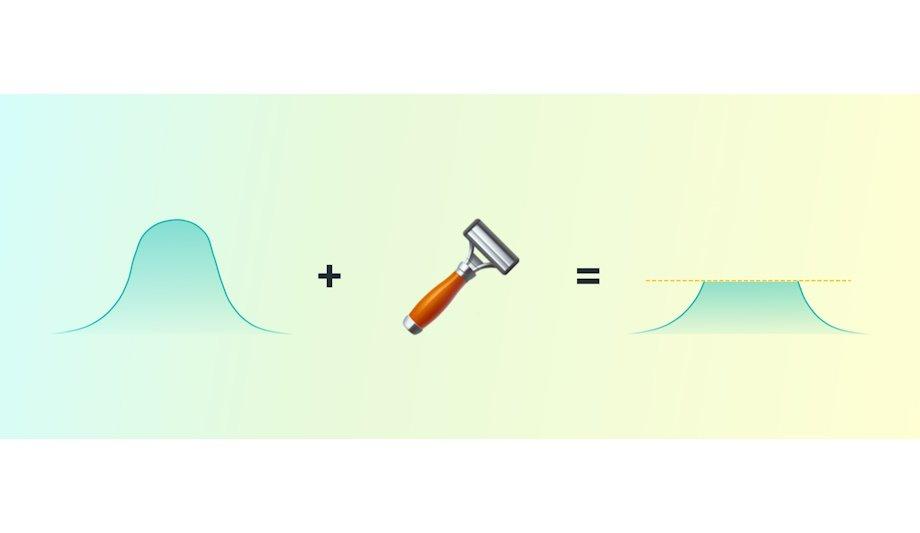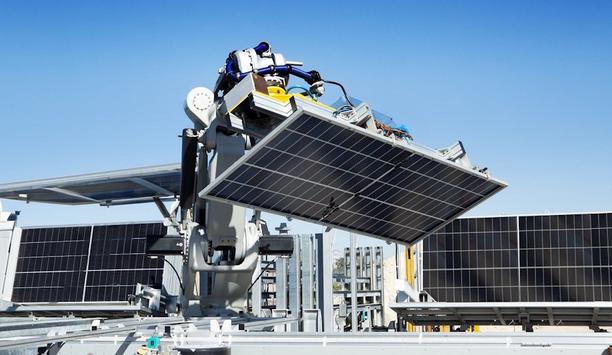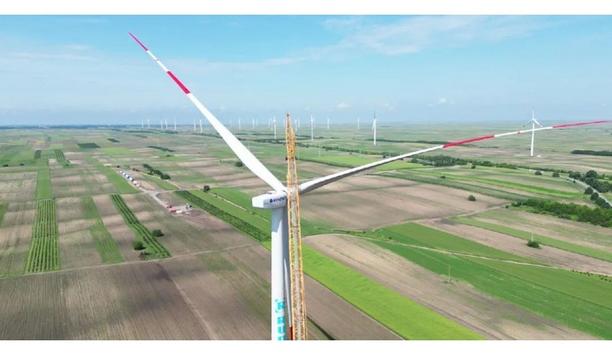In the UK, the cause of significant energy peaks often comes from an unlikely source: the humble kettle.
Because British television viewing trends are so in sync, the habit of drinking tea during an ad break has historically placed such a huge strain on the grid, that they need to import additional energy from France. This phenomenon is known as the Great British Kettle Surge.
Energy management solution
The 1966 FIFA World Cup Final between England and West Germany, for example, had 32,000,000 viewers in the UK. An ad break during this match would have resulted in around 1.8 million kettles being simultaneously switched on, causing additional energy demand of over 2,000 Megawatt. Now imagine that instead of turning on a kettle, all of these people were to simultaneously plug in their electric vehicle – a device that could create a greater surge and cause a power peak that would last for much longer.
The good news is that with the right energy management solution, electric vehicle charging can be managed, in line with building or household loads to reduce overall peak loads – also known as peak shaving.
Lower peak loads
In theory, peak shaving is very simple: it is a load management method that minimizes peaks in the load profile to level out the electricity drawn from the grid.
This simplifies the process of balancing demand and supply in the grid – a crucial lever to scaling renewable energy.
resource-intensive process
Under these tariffs, consumers are charged based on the highest load in a given period
From a grid operator’s perspective, peak shaving stabilizes loads. This optimizes the operation of the grid and reduces the need for grid expansion, a very expensive and resource-intensive process.
Consequently, many grid operators incentivize consumers to reduce peak loads by applying capacity or maximum demand tariffs. Under these tariffs, consumers are charged based on the highest load in a given period. Thereby, consumers have a financial incentive to keep peaks to a minimum.
Cut demand or increase supply or both
There are two sides to the peak shaving equation: demand side management and supply side management. For demand side management, demand is reduced. This may be achieved by limiting the available power for EV charging infrastructure or, in industrial use cases, shutting down unused or unnecessary heavy machinery. For supply side management, local power sources are utilized to reduce the power drawn from the grid. This can be achieved with local batteries or power generators, such as PV systems or diesel generators.
Demand and supply-side management can be applied individually or in combination. Regardless of the chosen means, the result is the same: the load at the grid connection point is reduced – or to stay in theme: peaks are shaved.
Peak shaving in practice
Say on average once a month all six chargers are simultaneously operating at their maximum
Peak shaving is worthwhile whenever there are large flexible loads. Let’s look at one common use case: EV charging. In a setup with six DC chargers (each 150 kW), the total charging power equates to 900 kW. However, it is rarely the case that all six chargers are used at the same time. Say on average once a month all six chargers are simultaneously operating at their maximum at the same time. This causes a peak of 900 kW. Assuming a price of €80/kW this adds up to €72,000.
If they shaved peaks on the demand side at a peak of 600 kW, they’d reduce the capacity charge to €48,000 – saving them €24,000 a year. And even then, in the rare event of six parallel charging sessions, each car would still be charged with 100 kW. Add a battery into the setup and they can further reduce capacity charges. At current prices of less than €130/kWh. They will quickly recover the investment.
Aligning peak shaving with the market
XENON platform enables anyone to shave peaks and align their load with external factors:
- 15-minute optimization: Most grid operators bill according to the average peak within 15-minute intervals. XENON’s peak shaver allows users to benefit from this practice and optimize for 15-minute averages. In practice, this enables the use of more power without an increase in the billed peak load.
- Holistic optimization: Connecting a local battery and/or a PV system to include supply side management in the peak shaving offering on XENON enables the share of renewables in the power mix to be maximized.
Peak shaving is relevant for a variety of use cases and as the number of electric vehicles – and other electric assets – increases, the need to minimize peaks and balance loads will only increase.






